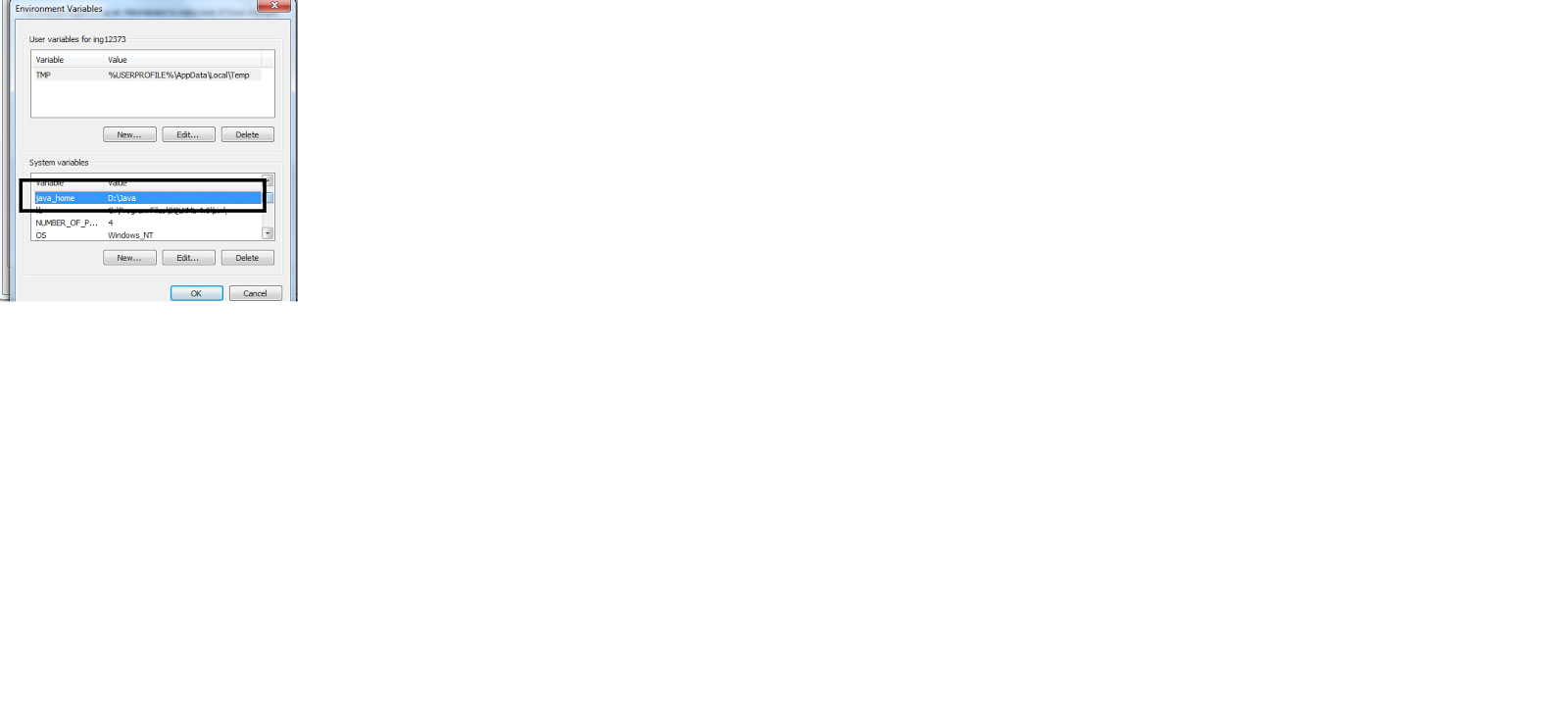Question 1
Which open standards does CA Clarity PPM support? (Choose three)
A. Web Ontology Language (OWL)
B. Java Database Connectivity (JDBC)
C. Java 2 Platform, Enterprise Edition (J2EE)
D. Lightweight Directory Access Protocol (LDAP)
E.
Synchronized Multimedia Integration Language (SMIL)
Ans:
B, C, D
Question 2
If you are configuring an Oracle database for CA Clarity PPM v13, which
tasks do you need to perform? (Choose two)
A. Set the Oracle Net Manager port to 1521.
B. Configure at least one listener per server. Yes
C. Run the setup.exe file in the disk1 directory.
D.
Configure a Transparent Network Substrate (TNS) entry. Yes
Right
answer: B,D
Question 3
Before you can run datamart jobs, which tasks do you need to perform?
(Choose three)
A. Create partition rules.
B. Configure action items.
C. Define time slice ranges.
D. Select the datamart entity.
E.
Select the datamart currency.
Ans:
C, D, E
Question 4
Which Oracle database details do you need for the Clarity System
Administration (CSA)? (Choose three)
A. Database server name
B. Database listener name
C. Location of tnsnames.ora file
D. Schema username and password
E.
Oracle System ID (SID) and/or service name
Ans:A,D,E
Question 5
You have installed CA Business Intelligence (CABI). Next, under the
Properties > Reporting tab of Clarity System Administration (CSA), which
URLS do you need to set? (Choose two)
A. Web URL
B. Service URL
C. Proxy Host URL
D.
Web Service Description Language (WSDL) URL
Ans: A, C
Right Answer : A,B
Question 6
Which file stores the details of Clarity System Administration (CSA)
settings?
A. niku.ear – Used websepeer
B. properties.xml
C. clarity_home.xml
D.
CA_Clarity_PBK.BIAR
Ans:
B
Question 7
Which password expression metacharacter is used to denote a whitespace
character?
A. \s
B. \S
C. \w
D.
\W
Ans:
A
Question 8
Because you are about to apply a Fix Pack, you want to make sure that
you minimize the possibility of data and configuration loss. For this reason,
you will use the admin backup command on the CA Clarity PPM application server.
What does the admin backup command back up?
A. CA Clarity PPM folders only
B. CA Clarity PPM folders and database only
C. CA Clarity PPM folders, Apache Tomcat folders, and the database
D.
CA Clarity PPM, Apache Tomcat, and CA Business Intelligence (CABI) folders and
the database
Ans: A
Question 9
When you manage CA Clarity PPM services in Clarity System Administration
(CSA), which action packages the service startup files?
A. Add
B. Start
C. Deploy
D.
Refresh
Ans:
C
Question 10
What is the correct syntax
for validating a Generic Execution Language (GEL) script?
A. Validate gel
.xml
B. Validate
.xml gel
C. gel .xml
–validate
D. .xml gel –validate
Ans :C
Question 11
In the test.properties file,
the portnumber parameter is the non-Secure Sockets Layer (SSL) port number used
on the server. What is the default value of this parameter?
A. 60
B. 70
C. 80
D. 90
Ans: 80
Question 12
After you install the XML
Open Gateway (XOG) client, you need to verify the required folders and files
are installed properly. Which folder contains the batch file to run the XOG
client and .properties file to set the client parameter?
A. lib
B. bin
C. xml
D. xsd
Ans: B
Question 13
In the folder structure
created by the XML Open Gateway (XOG) client install, what are the two main
folders you will use?
A. \bin and \xml
B. \prj and \rsm
D. \xog and \biz
C. \cmn and \pac
Ans : A
Ans: b
Ans:
b
Ans: C
Ans: a






